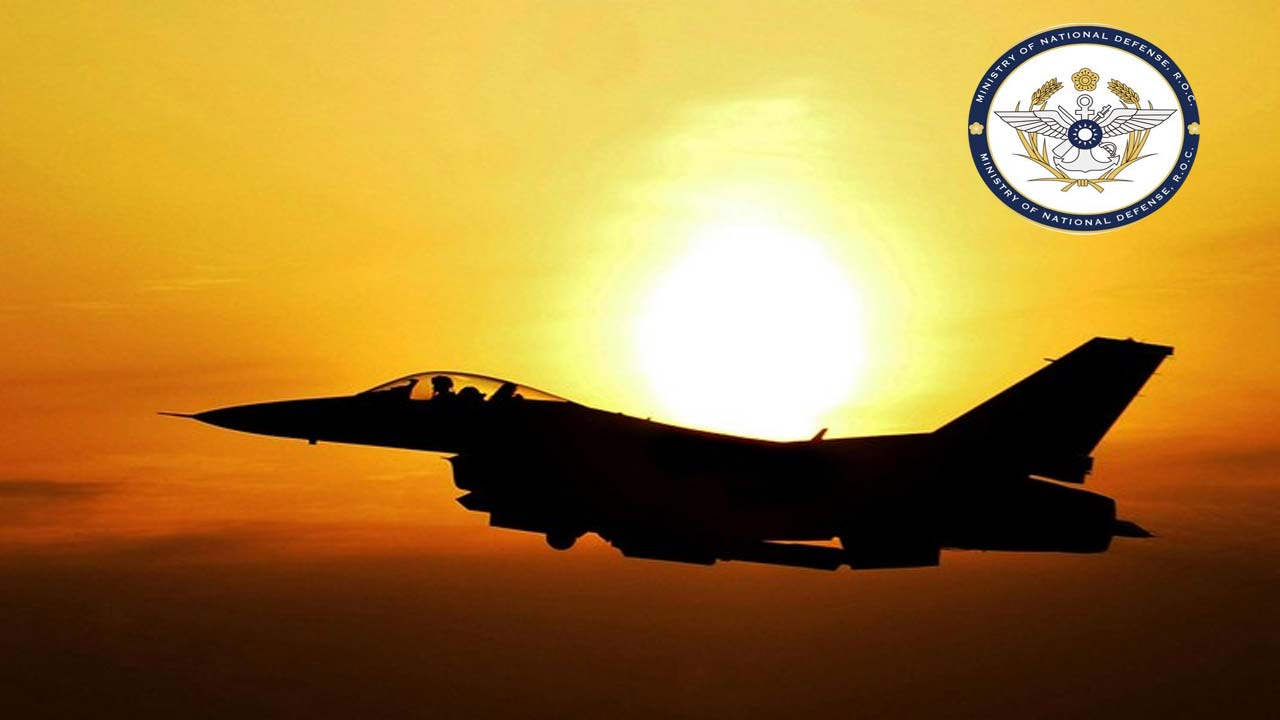
Taipei,Taiwan: Taiwan's Ministry of National Defense (MND) reported that from Thursday morning to Friday morning, it tracked 25 Chinese military aircraft, seven naval ships, and two official vessels operating around Taiwan, according to Taiwan News.
The activity, spanning from 6 a.m. Thursday (Aug. 29) to 6 a.m. Friday, included 17 aircraft crossing the Taiwan Strait median line, an action that heightened regional tensions. The incursions were detected in Taiwan's northern, central, southwestern, and southeastern air defense identification zones (ADIZ), highlighting the extensive reach of China's military maneuvers.
In response, Taiwan scrambled its aircraft and naval vessels, deploying coastal-based missile systems to closely monitor the situation and prevent any potential threats.
This uptick in Chinese military operations is part of a broader pattern of increasing violations of Taiwan's air and sea spaces by the People's Liberation Army (PLA). As of August 29, Taiwan recorded 505 instances of PLA aircraft entering its ADIZ and 278 occurrences of Chinese naval vessels operating near its waters this month alone, according to Taiwan News.
These figures illustrate the mounting pressure Taiwan faces from China's persistent military presence. China has been employing gray zone tactics—actions that fall short of traditional warfare but are aimed at destabilizing and intimidating Taiwan. These tactics are designed to challenge the status quo without crossing the threshold into open conflict.
By steadily increasing the frequency and intensity of these operations, China aims to erode Taiwan's sense of security and apply psychological pressure on both its military and civilian population. Since September 2020, China has systematically escalated its gray zone activities around Taiwan, raising concerns in Taipei and among its allies about the risk of miscalculations that could escalate into a broader conflict, Taiwan News reported.
Taiwan remains vigilant, carefully balancing deterrence and diplomacy as it responds to these ongoing threats and navigates the challenges posed by growing Chinese aggression.





















